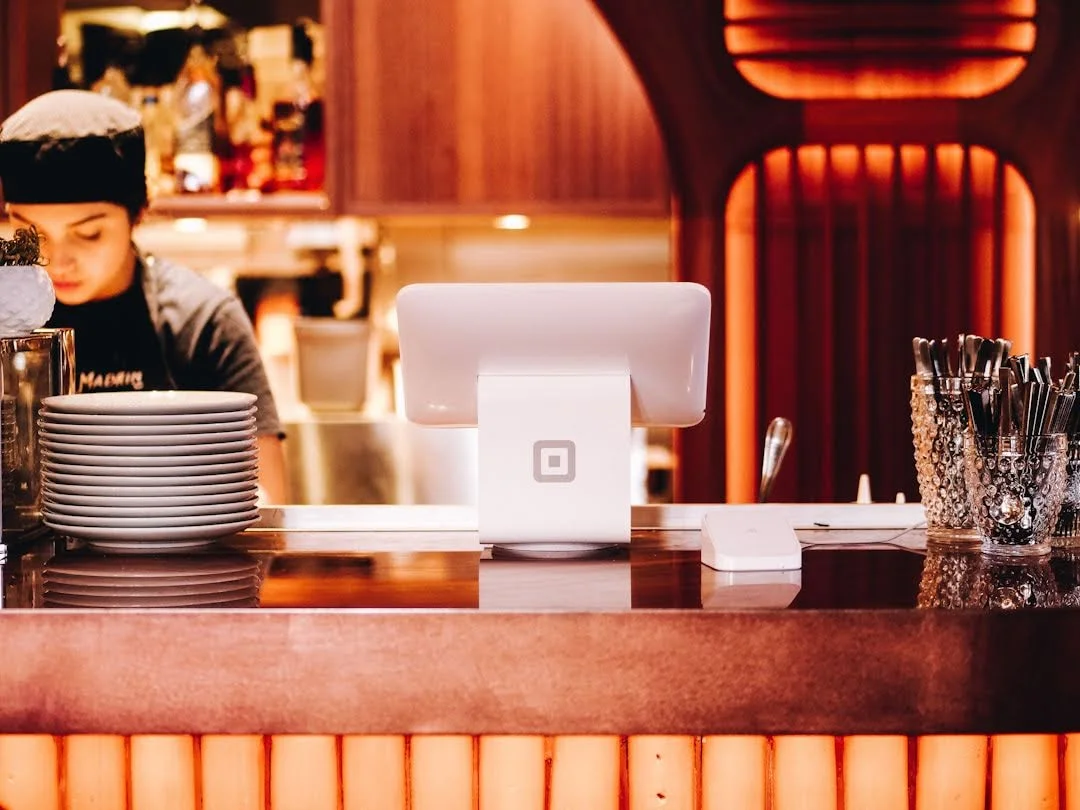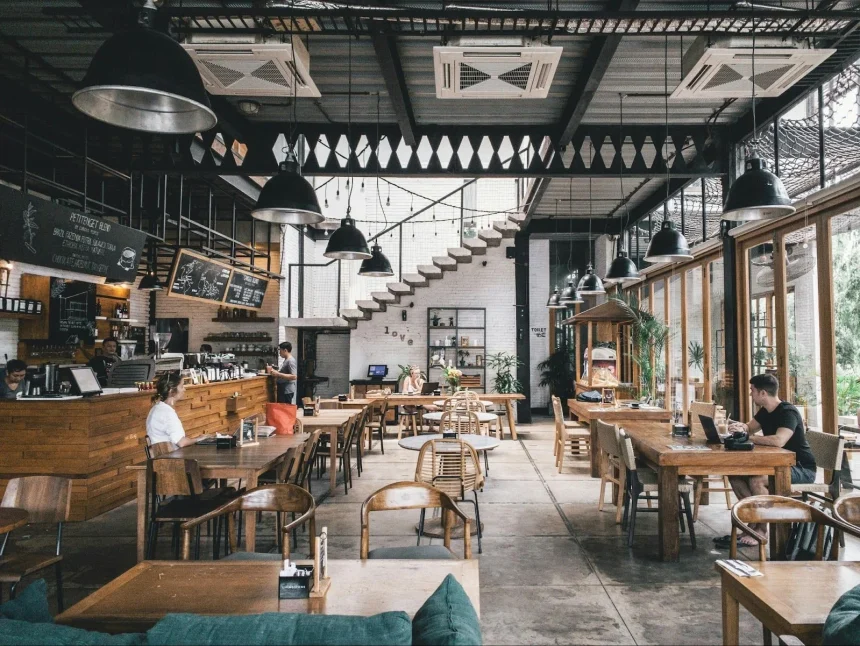Opening a restaurant is a dream for many aspiring entrepreneurs and chefs, yet the journey from concept to the opening night can be filled with challenges and learning curves. Success in this industry requires precise planning, a clear vision, and an understanding of the market. But with the right approach and toolkit at your disposal, the dream of running a successful eatery is entirely achievable. Keep reading to discover the critical steps, essential equipment, and indispensable strategies needed to launch and operate a thriving restaurant business.
Leveraging Technology: POS Systems and Reservation Platforms

Running a successful restaurant requires more than great food; it needs smart technology. A reliable POS system helps simplify sales, track inventory, and offer helpful data insights. Tools like reservation platforms make it easier to manage bookings and customer flow while also tracking guest preferences. Online ordering systems are now essential for expanding your reach and revenue, especially with the rise in mobile ordering.
Beyond tech, don’t forget the details that shape a memorable dining experience. Well-chosen décor, including the best artificial plants and artwork, can enhance your restaurant’s ambiance and reflect your brand. These visual touches, combined with efficient digital tools, create a seamless and inviting experience for every guest.
Navigating the Initial Steps of Restaurant Planning
Starting a restaurant requires a detailed business plan outlining your concept, target market, competition, and financial projections. Your concept, such as farm-to-table or international fusion, shapes branding, menu, and customer experience. Location plays a vital role in visibility, accessibility, and zoning compliance, so research demographics and negotiate leases carefully.
Legal requirements include securing business, liquor, and health permits, along with registering for taxes and potentially obtaining a music license. Accurate financial forecasting is crucial, covering renovation, staffing, and other startup costs. Maintaining a financial cushion and exploring funding options like investors or loans can support long-term stability and reduce the risk of early cash flow problems.
Essential Equipment for Your Restaurant’s Kitchen
Outfitting your kitchen with durable, commercial-grade equipment is essential to running a successful restaurant. From high-performance ovens and refrigerators to smaller essentials like chef’s knives and blenders, every piece plays a vital role. Choose appliances based on your cuisine’s needs and prioritize tools that boost daily operations.
Efficiency matters just as much as quality. A pass-through dishwasher for commercial kitchens can speed up cleaning while ensuring top-tier sanitation. Investing in prep stations and high-output fryers improves workflow, while leasing big-ticket items can help preserve capital. Partnering with a reliable supplier ensures fast repairs and consistent performance.
Building Your Brand: Strategies for Marketing Your New Eatery
Effective restaurant marketing starts with a strong brand identity that reflects your dining experience through your name, logo, and décor. A cohesive and memorable brand helps distinguish you from competitors and appeals to your target audience. Building a visually appealing website and staying active on social media platforms is crucial for digital engagement.
Sharing behind-the-scenes moments, daily specials, and customer feedback helps grow an online community. Traditional strategies like newspaper ads, community involvement, and opening promotions remain effective for drawing in local traffic. Collaborating with local businesses and influencers can widen your reach. Investing in professional photography boosts visual appeal and enhances targeted advertising to generate excitement before your restaurant opens.
Staffing Your Restaurant: Recruitment and Training Tools
Hiring the right restaurant staff is crucial, as they represent your brand. Use job postings, recruitment events, and culinary schools to attract skilled, passionate candidates. A strong interview process helps ensure alignment with your restaurant’s values. Once hired, thorough training programs are vital for consistency in service, menu knowledge, and customer care standards.
Leveraging technology like scheduling software, payroll systems, and e-learning platforms can streamline operations and support compliance. These tools also contribute to staff satisfaction and retention. Creating a workplace culture focused on respect, recognition, and development encourages higher morale and better service. Recognizing strong performance keeps employees engaged and motivated.
Altogether, launching a successful restaurant requires attention to planning, diligent staff recruitment and training, strategic marketing, and the integration of technology. By focusing on these critical aspects and remaining adaptable, your restaurant can offer not just a meal, but a memorable experience that encourages diners to return.





